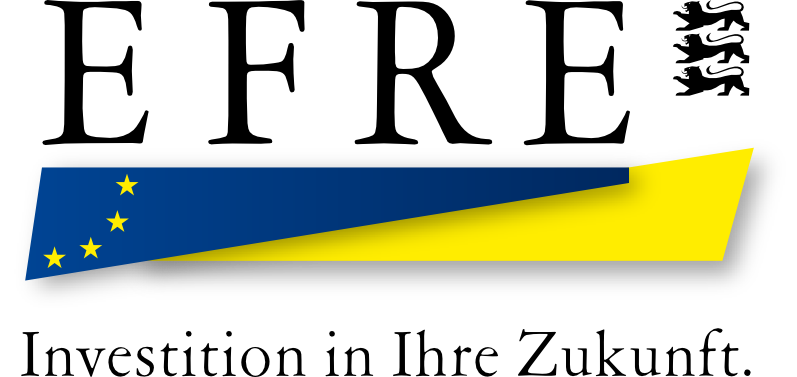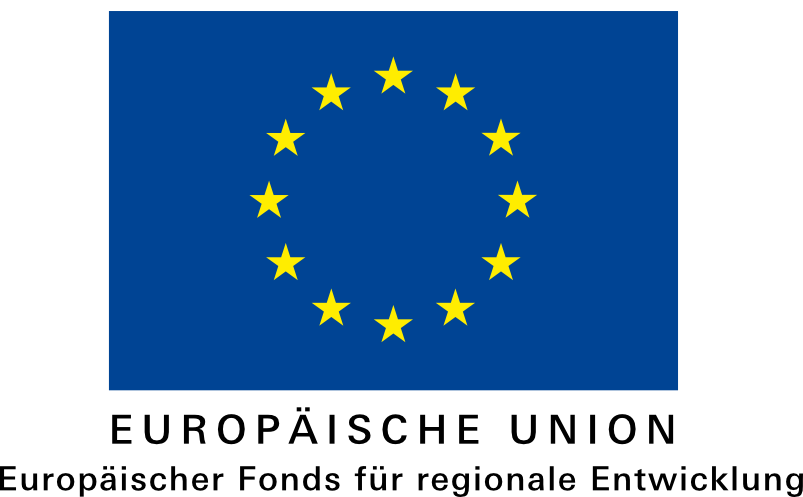Objective
Our modern information society is coined by the inexorable trends of “big data”, “cloud computing” or “internet of things”. The resulting rapidly increasing data traffic in global networks is nowadays aggregated in access networks and subsequently transported exclusively via optical communication systems. The growing volume of participants and transmitted data requires a continuous reduction of energy demands and cost per bit. Even today, 10 % of the global electricity is consumed in information and communication systems. A promising approach to this end is to increase the bandwidth of electro-optic transmitter and receiver systems. However, to keep up with the tremendous pace of increasing market demands in the long term, completely new hardware and system concepts are necessary.
The aim of this project is the study of novel high-speed photonic components and subsystems as well as the design of customized methods in digital signal processing. At KIT, a number of application oriented research projects and system-level experiments are planned on this topic, which require an optical receiver unit with a very high bandwidth. The research includes the characterization of systems and devices operating at high symbol rates as well as multi-channel solutions such as WDM or SDM systems. The analysis and advancement of ultra-compact devices recently developed at KIT such as high-bandwidth silicon-organic hybrid modulators operating at rates of higher than 70 GBd or integrated multi-chip transceivers plays a key role in this project. Their small footprint gives rise to new challenges and transmission impairments that require an intensive investigation. In the course of this project, various digital processing algorithms shall be evaluated regarding their efficiency and potential in real-time high-speed applications. A broadband receiver enables the simultaneous detection of parallel optical channels and the examination of crosstalk and nonlinear distortions between those. By that, it contributes to the research on optical data transmission at interface rates beyond 1 Tbit/s or for the first time with symbol rates considerably beyond 150 GBd.



